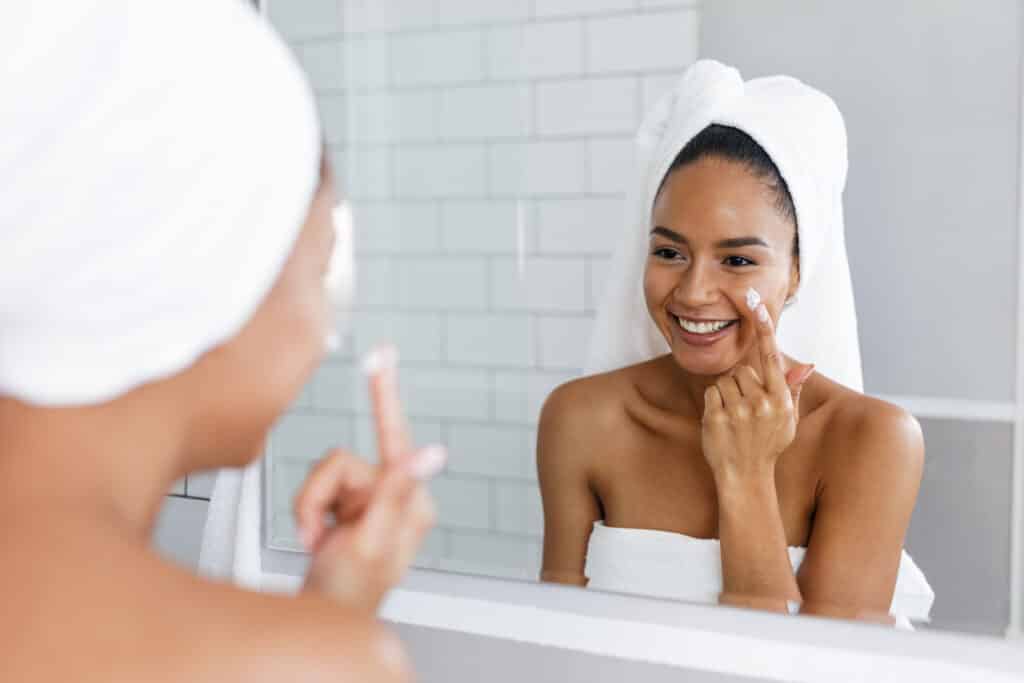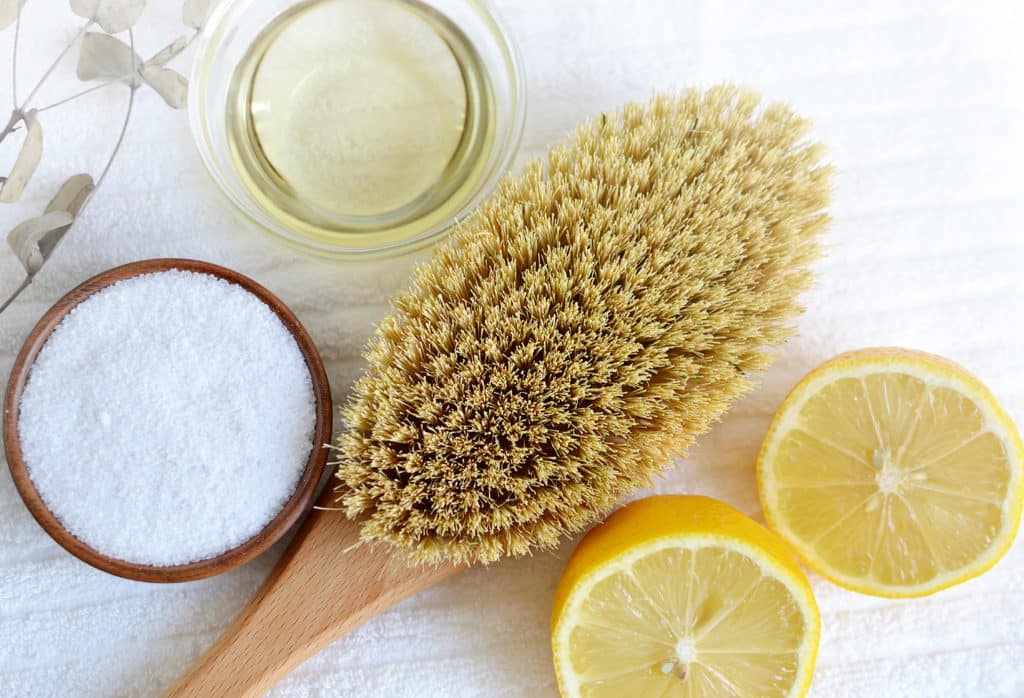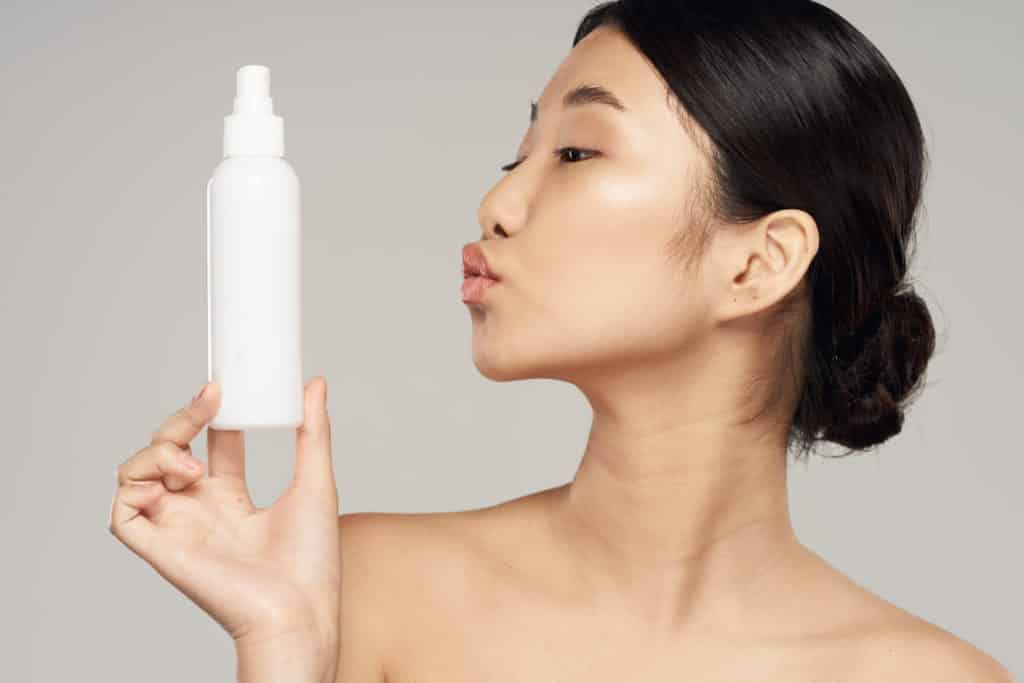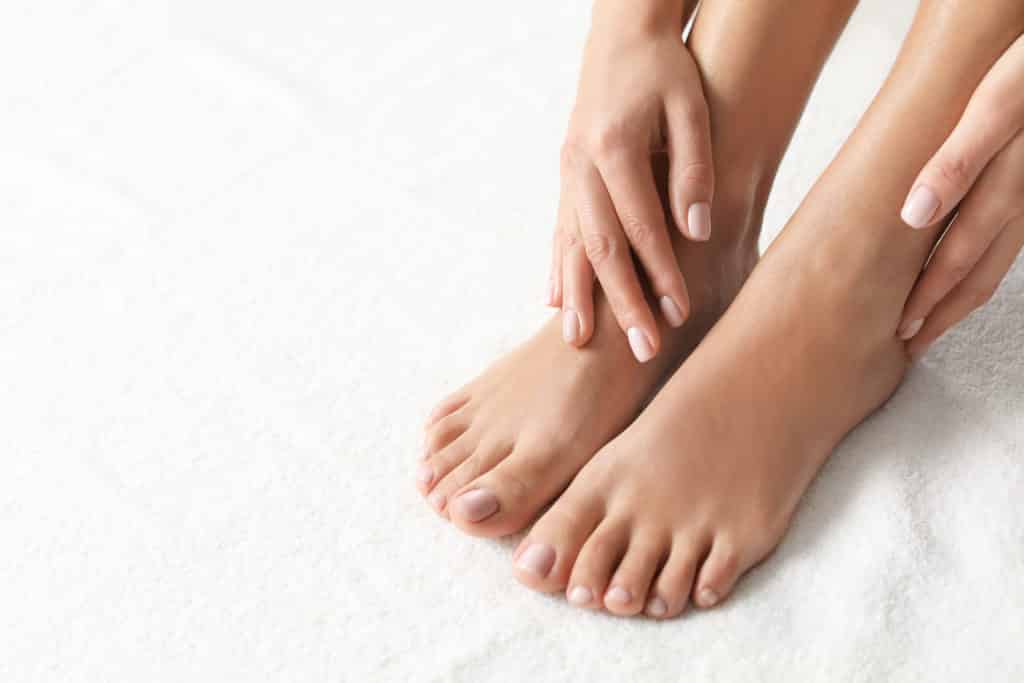What is the difference between moisturizer and lotion?
What’s the difference between moisturizer and lotion, you ask? What is the difference between beige and ivory? What’s the difference between a square and a rectangle? What’s the difference between asking rhetorical questions and avoiding the original question? Well, it turns out some of these questions have lengthier or more complex answers than one would expect. And one of these questions was admittedly an attempt to make a joke that might have fallen flat. And that’s okay. Falling flat is the first step of getting back up…or something like that. But back to the question at hand: what is the difference between a moisturizer and a lotion, if there even is one?
Some people tend to refer to the creams they apply on the face as moisturizers, and the more liquid-based blends that are used for the body as lotions, while other people use the terms interchangeably. In the beauty and skincare industries, however, most do recognize that the word moisturizer implies a product that has the express purpose of adding moisture or locking moisture in the skin, and lotions have a higher water content and a broader swath of skin-soothing applications. Certain lotions, like calamine lotion, can be used for more medicinal purposes, while others may be formulated to treat eczema or other skin conditions. And, to make things more confusing, if a lotion has ingredients that moisturize the skin, then it also counts as a moisturizer.
See Related: When To Start Using Anti-Aging Moisturizer

The Oxford online dictionary defines lotion as “a thick, smooth liquid preparation designed to be applied to the skin for medicinal or cosmetic purposes,” and defines moisturizer as “a lotion or cream used to prevent dryness in the skin.” So lotions and moisturizers aren’t actually opposites, but rather they represent different substances on a skin-softening spectrum; a continuum of creams, if you will. Lotions and moisturizers are both used to heal and rejuvenate.
You’ve probably already observed that your skin needs more than just H2O to stay hydrated. Keeping that moisture in the skin requires a certain combination of H2O and oils, otherwise known as an emulsion. That old saying that “oil and water don’t mix” may spring to mind, and it’s true. H2O molecules can’t bind to uncharged oil molecules, so they remain separate even when put together in the same container. That’s why a chemical must be added that attracts both H2O and oil. That chemical is called a surfactant, and when it undergoes a process that blends it together with H2O and oil, it binds to both, eventually enabling the blending of both substances.
If your goal is to get your skin soft, supple, and healthy, then you will likely need to use a combination of moisturizers and lotions that work best for your face and body. While we all understand the importance of moisturizing, sometimes it can be hard to find the right one or to start a new skin care habit. That’s why we thought we’d share some of these tips and tricks to stay moisturized from head to toe.
1. First things first: exfoliation before moisturization
In order to give your favorite moisturizer a fighting chance at getting you great skin, you’ll want to make sure you cleanse and exfoliate first. You should cleanse daily and be exfoliating your skin once or twice a week, either with gentle chemicals that help clear the way for new skin cells, or a gentle scrub that physically sloughs away the dead skin. So just to clarify, exfoliation is not something you need to do every single time before you put moisturizer or lotion on, but the overall idea is that it’s sort of like sanding before you paint. If you cut to the chase and go straight to the color, you won’t end up with a smooth, even finish. And when it comes to skin you should take a similar approach to achieve the best results.
It doesn’t much matter if you happen to have oily, dry, or combination skin. Regardless of your skin type, you likely have some flakes, dirt, or debris on your skin that you should deal with before diving into moisturizing. A chemical peel uses ingredients like alpha hydroxy acids (AHAs) such as lactic or citric acid, beta hydroxy acids (BHAs) such as salicylic acid, or enzymes, which are derived from fruits. Any of these can be formulated along with other ingredients in order to exfoliate the skin. And if you prefer, or just want to switch it up, you can use physical exfoliation as well. If you’re hoping to exfoliate the skin all over your body, it can feel especially invigorating to use a good body scrub or brush to clear away all that build-up and residue. If you become an expert at regular exfoliation, your moisturizer will work that much better.

2. Picking the perfect moisturizer for your face
Depending on your age, skin type, and personal preferences, the moisturizer that meets your needs may not be the same one you see recommended by a friend, or the one your mom always used to use. It’s okay to experiment a little when it comes to finding what feels right for you.
If you are still getting started on this wonderful, wild journey of life (in other words, if you’re a youngster, a youngin, a person currently rolling their eyes at these words), you’ll want to take precautions with your skin and focus on prevention. That is, pay close attention to environmental factors like UV rays from the sun, which can cause damage both now and later. In your 20s, your skin is still pretty great at cell regeneration, so exfoliation doesn’t need to be your most pressing concern. What you want to do is protect yourself from sun damage, so be sure that either your moisturizer or your makeup contains sunscreen.
For those who have seen some things, been around the block, are getting along in years (or insert your preferred euphemism for getting older here), the priorities in picking a moisturizer are slightly different. As the skin cell regeneration process slows with age, so does the skin’s elasticity and ability to heal itself. That’s why it becomes more important to find moisturizers and creams that help replenish and revitalize. Viviane Woodard’s Replenishing Complex is a super solution to sagging and tired skin. With its avocado oil and vitamin E it helps to stimulate collagen production naturally, soften the skin and reduce signs of aging. In other words, it’s the partner you’ll want to go to sleep with night after night.
Bonus: How To Make Your Own Moisturizing Spray

3. Say it AND spray it
Traditionally, we think of moisturizers and lotions as creams of varying consistency, but since the spectrum of a moisturizer goes from H2O all the way to petroleum jelly, we shouldn’t forget the important role that a moisturizing mist can play. It’s one more way to make sure your skin is hydrated, and it’s easy to use.
It’s important for a moisturizing mist to contain humectants (which draw in moisture to the top layer of skin), occlusives (that prevent water loss), and emollients (which soothe and soften the skin). Some sprays don’t take those requirements into account, and are basically only a little better than spraying yourself in the face with a sprinkler. The Intensive Hydration Mist from Viviane Woodard, however, checks off all of those aforementioned boxes and goes beyond. It contains hyaluronic acid, a humectant that plumps up your skin with moisture, phospholipids to seal it in, and aloe vera extract to soften and heal the skin.
The best thing about a moisturizing mist is that you can spray it on throughout the day whenever your skin is feeling a little dry or dull. A quick spritz or two will not only feel revitalizing, but give your skin some much-needed hydration. Who knew a simple spray could brighten your day? (Full disclosure: we did!)
If you’re interested in a more in-depth description of humectants, occlusives, and emollients, here’s a great video complete with helpful visuals to assist you in keeping it all straight:
4. Not everybody has got a body like you
Everyone is different, but we all need a little help keeping our skin moisturized, smooth, and soft. Skincare doesn’t stop at the neck, so don’t go forgetting the rest of that beautiful body of yours. Especially as we age, it becomes more critical to apply lotion in order to keep our legs, arms, and the rest of our body looking and feeling healthy. Sometimes that dry, scaly skin can seem like it creeps up on you out of nowhere, and you wonder what happened. Well, if you don’t make a habit out of applying lotion regularly, the elements eventually do their thing.
One way to get in the habit of applying lotion is to put the bottle in a location where you’re mostly likely to apply it. Why not set it on the side of the bathtub right alongside your shampoo and conditioner (as long as you won’t confuse the bottles!). That way, when you’re done with your bath or shower, you can towel off and treat yourself to a luxurious lotion. Or, hey, why not get a couple bottles of lotion and place them around your home like little surprise presents for yourself. Anytime you walk by, apply!
If the issue is that you don’t like the greasy or sticky residue of the lotions you’ve tried, maybe you need to branch out a bit. As with all of the Vivianne Woodard products, the Healing Hand and Body Balm is wonderfully nourishing without feeling sticky or greasy. It contains aloe vera and other botanicals that hydrate and heal the skin. It’s also unscented, if you happen to be sensitive to smells or you try to avoid chemically added colors and scents. Skin is the largest organ in the human body, so we should be sure to give all of it some TLC.
See Related: Benefits Of Water Based Moisturizers
5. This little piggy went to get some vaseline
Cracked heels and feet as dry as the desert sand can sadly be the norm for too many of us during the summer or winter months when it’s particularly dry. Sometimes your go-to lotion or moisturizer doesn’t quite cut it. In the early 2000s Destiny’s Child sang, I don’t think you’re ready for this jelly, but it turns out you should get ready for this jelly. Specifically petroleum jelly. Get it? Well you should, because it is exactly what you need to get those dry, peeling pads of your feet presentable for the world once more.
Since slathering petroleum jelly (aka vaseline) on your feet could lead to slipping around in your flip flops, or unintentionally waxing the floor, you want to take care when and how to layer it on. After sloughing off some of the dead skin with a pumice stone or brush while you’re in the shower, you can cover your feet (especially the heels) with vaseline and immediately put some socks on to avoid spreading the goop wherever you go. This is best right before bed so you can lay back and let the healing begin. Since petroleum jelly doesn’t contain water, it’s most effective when your skin is already a little damp, so it can seal in the moisture.

Keep some vaseline in your nightstand or near the shower so you don’t forget this trick! And if you can’t stand sleeping in socks, you can ditch them after a bit, no biggie.
Hydration is at the heart of keeping your skin moisturized. And as you can see, there’s not just one way to go about it.
Nowadays we take certain skin care steps as almost a given, but Viviane Woodard actually helped create the industry standard of cleanse, tone, and moisturize over 60 years ago. In fact, Viviane Woodard’s Moistrio products were the first osmosis-based skincare treatment of their kind, and have helped hundreds of thousands of faces feel the difference that moisturizing and corrective formulas can make. With these cleanser, toner, and moisturizer sets (or ‘trios’), you’re sure to cover all your bases for beautiful skin. The increased elasticity and hydration at the cellular level leads to a visible difference.
All of our products are also all cruelty-free, so as you’re admiring your beautiful, youthful, moisturized face in the mirror, you can also thank yourself for doing your part to protect our furry friends!
Keep Reading: The 5 Best Face Moisturizers Creams And Lotions For 2020
For over 60 years, Viviane Woodard has represented “The Purity of Skincare”. We are the leading beauty brand for skin care products and promote the importance of good skin hydration. Follow us on Facebook, Instagram, Twitter, and Pinterest for skin care tips, product discounts and more.
